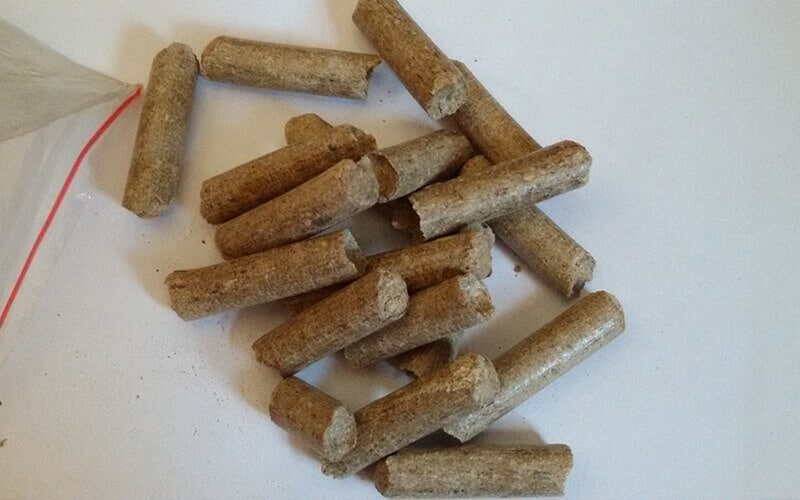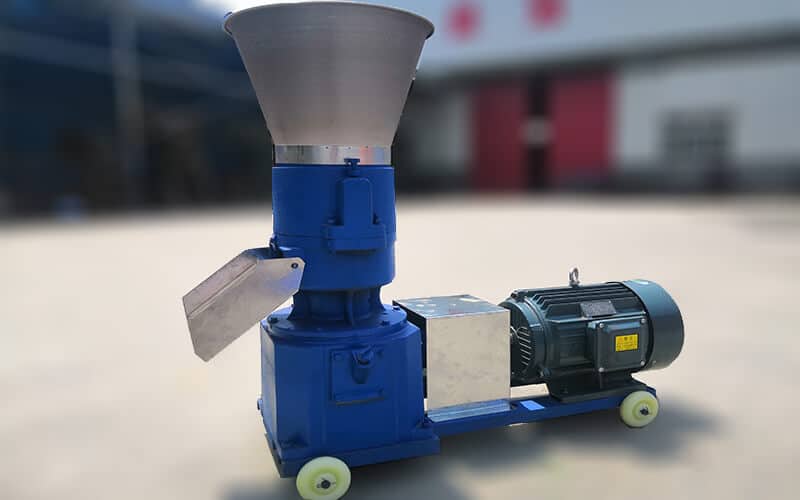
| Price | 500-6000 USD |
| Delivery Time | 10-15 days |
| Available | In Stock |
| Package | In Free Fumigation Wood Box |
| Guarantee | 1 Year |
| Shipping | By Sea or By Air |
| Payment Method | Wire Transfer or Western Union |
| Brand | Victor |
VTKLP Hay Pellet Mill: 0.1-2T/H Capacity & Dual-Power (Electric/Diesel)
| Production Output | 0.1-2 t/h |
| Power | Electric motor or diesel engine |
| Voltage | 110-415V |
| Raw Materials | grass, hay, alfalfa, straw, cereal, corn, wheat, barley flour, soybean, oil seed meal, fish meal, husk, etc |
| Type | flat die type |
| Final product size | 3-10 mm |
| Application | feed pellet, feed pellet industry |
| Used For | animal and poultry feed, fuel pellets |
Electric vs Diesel hay pellet mill specifications
electric hay pellet mill
| Model | Electric Power(kw) | Output(kg/h) | Weight(kg) |
| VTKLP-125 | 3 | 50-80 | 80 |
| VTKLP-150 | 4 | 100-150 | 110 |
| VTKLP-210 | 7.5 | 200-400 | 210 |
| VTKLP-230 | 11 | 300-500 | 280 |
| VTKLP-260 | 15 | 500-700 | 300 |
| VTKLP-300 | 18.5 | 700-900 | 500 |
| VTKLP-360 | 22 | 900-1200 | 700 |
| VTKLP-400 | 30-37 | 1200-2000 | 900 |
diesel engine hay pellet mill
| Model | Diesel Engine Power(HP) | Output(kg/h) | Weight(kg) |
| VTKLP-125 | 4 | 50-80 | 100 |
| VTKLP-150 | 5 | 100-150 | 150 |
| VTKLP-210 | 10 | 200-400 | 260 |
| VTKLP-230 | 15 | 300-500 | 350 |
| VTKLP-260 | 20 | 500-700 | 420 |
| VTKLP-300 | 25 | 700-900 | 650 |
| VTKLP-360 | 30 | 900-1200 | 900 |
| VTKLP-400 | 40-50 | 1200-1500 | 1200 |
Hay Pelletizing: 10mm Feed/Fuel Demo
What is a Hay Pellet Mill?
A hay pellet mill is a machine that makes small pellets of grass or legume hay. Instead of following a single recipe, use this page to choose the type of machine (flat-die or ring-die), the power setup (electric three-phase, diesel, or PTO), and the basic tools for your forage family.
What Can This Machine Do for Your Farm?
There are many real benefits to using a hay pellet mill on your farm.
Create a High-Protein Feed Source
Hay has a lot of protein and calcium in it. Pellets make this nutrition more concentrated. This is a great food for young animals that are growing. It is also good for dairy cows that need more calcium and protein to make a lot of milk.
Make Storage and Handling Much Easier
Pellets are a lot denser than hay that has been baled. This means they don’t take up as much room in a barn or shed. Using scoops or automated systems is also much easier with them.
Reduce Feed Waste
Animals often waste hay by pulling it out of feeders and stepping on it. It’s easier to eat pellets from a trough or bucket. This means that less of your valuable hay ends up on the ground.
Provide Consistent, High-Quality Nutrition
All of the pellets have the same mix of hay leaves and stems. This keeps animals from only eating the good leaves. It makes sure that every bite they take has a balanced and steady diet.
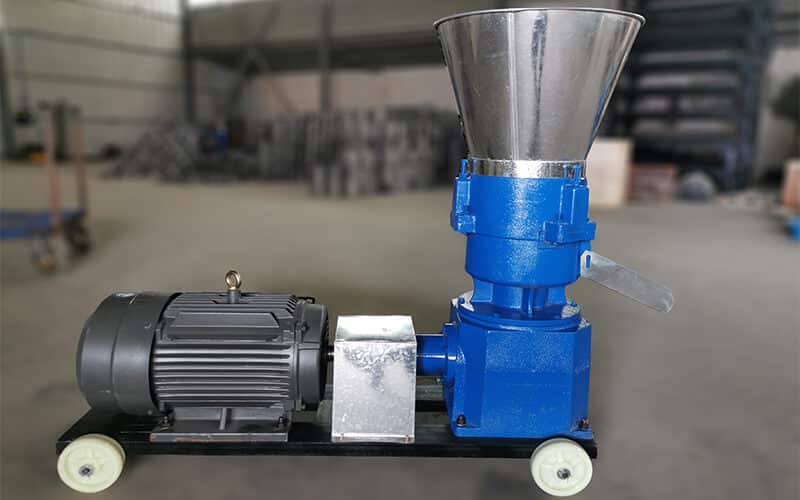

What Are the Main Types of Hay Pellet Mills?
Flat-die vs ring-die
- Flat-die: best for small batches, frequent changeovers, simple maintenance.
- Ring-die: higher hourly throughput, longer continuous runs, pairs well with pre-conditioning.
Prioritize duty cycle, staff skill, and maintenance capacity—not just nameplate power.
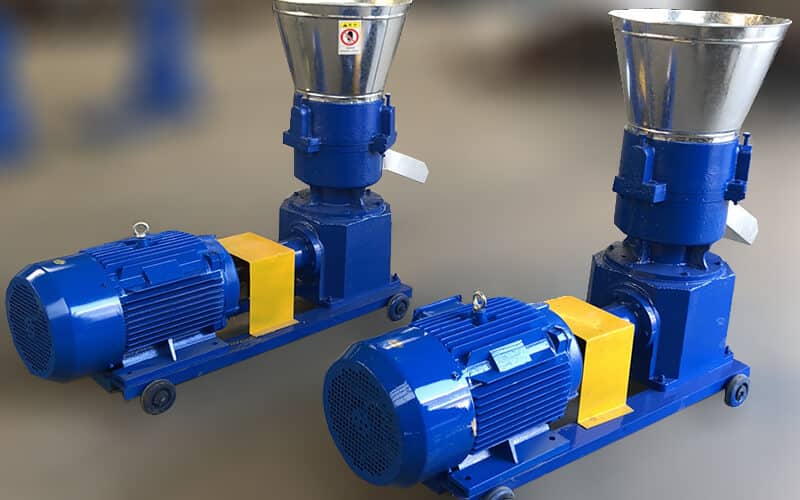
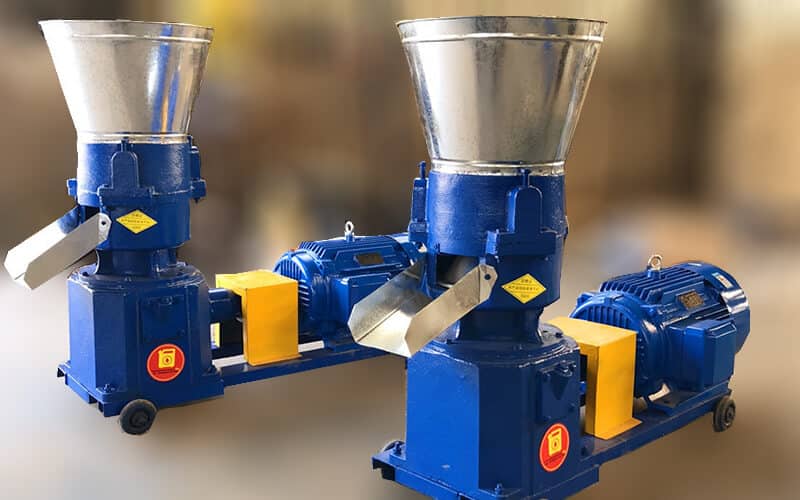
What Raw Materials Can It Use?
Primarily Hay
The hay pelleting press machine works best with hay. The hay needs to be dry and of good quality for the best results. There shouldn’t be any mold on it.
Can Also Use Other Hays and Forages
Many of these machines can also process other types of hay. This includes timothy grass or orchard grass. They can also often handle other fibrous materials like straw hay. You can also use alfalfa pellet machine to process alfalfa pellets.
The Most Important Rule: Proper Preparation
You can’t put long hay directly into a pellet mill. First, the hay needs to be ground into small, even pieces. To do this, you’ll need a different machine, like a hammer mill.
Match moisture to the hay family. Before pressing, the target for grass hays (timothy/orchard) is 12–15%. Alfalfa and other legume hays should have a target of 14 to 16%. Mixed hays meet the higher need. Put the finished product in a bag only after it has completely cooled down to stop sweat-back.
How to Choose the Right Hay Pellet Mill
First, make a plan for power. Many big mills want three-phase service. If you don’t have it, you can use diesel or PTO. Check the compression ratio options for fibrous hays and ask for the best hammer mill screen sizes for the size of the pellets you want to make to make sure the pellets are of good quality. Keep a wear-parts kit on hand (die, rollers, bearings).
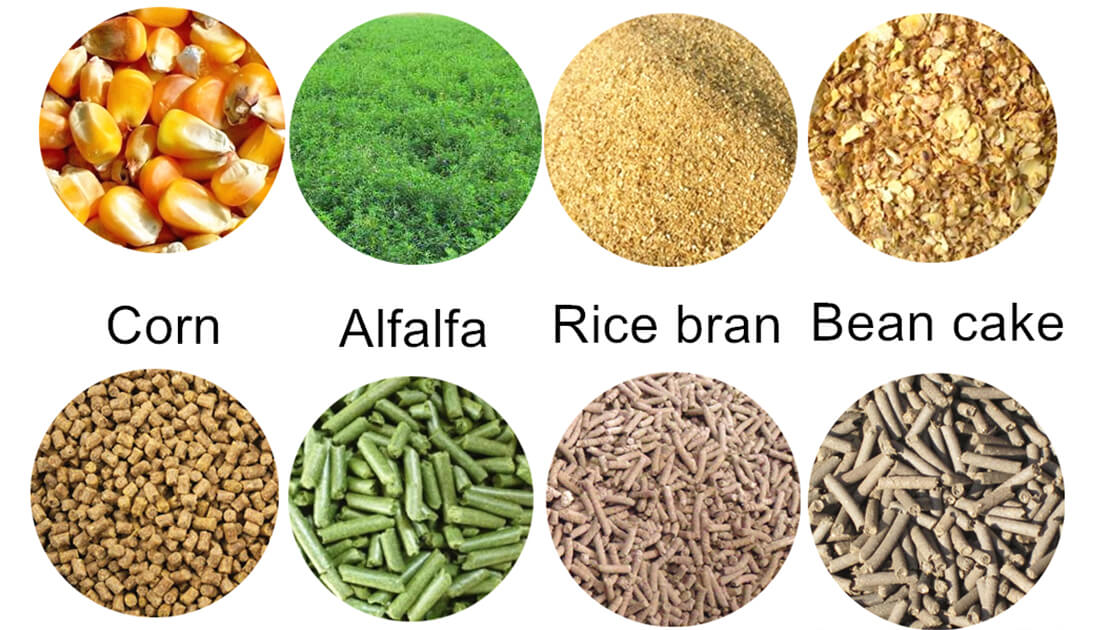
FAQ About Hay Pellet Mill
What is a hay pellet mill?
A: It is a machine that presses ground hay into small, dense, high-protein pellets for animal feed using a lot of pressure.
Do I need a separate machine to grind the hay first?
A: Yes, this is a very important step. You cannot put long-strand hay directly into a pellet mill and must use a separate machine, like a hay grinder or a hammer mill, to chop the hay into small, uniform pieces first. You can check what machine is used to make hay pellets.
What is the most important thing to get right when making hay pellets?
A: The most important part of making pellets is making sure that the ground hay is the right amount of moisture before it goes into the pellet mill. If it is too dry, the pellets will be dusty and fall apart. The machine will get stuck if it is too wet.
Why are hay pellets so good for young or dairy animals?
A: High-quality pellets, especially those made from legume hays like alfalfa, are full of calcium and protein. Because alfalfa is a legume, it has more of these nutrients than most grass hays. Because of this, alfalfa pellets are a great food for animals that need a lot of nutrients, like young, growing animals or dairy cows that make a lot of milk.
Conclusion
For farmers, a hay pellet mill is a useful tool. It changes big bales of hay into a dense, high-protein feed. This can help you save space and cut down on feed waste. The size of your farm and the source of your power will help you decide which one is best for you. Don’t forget that you need a grinder to get the hay ready first.

